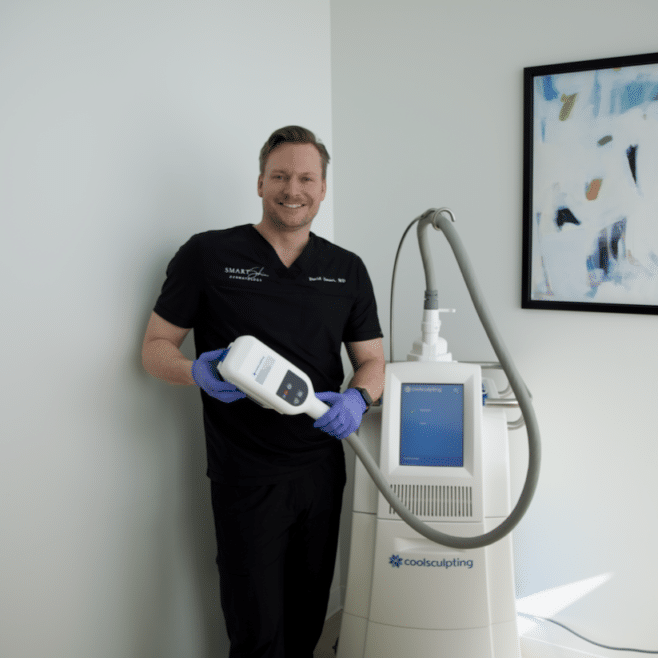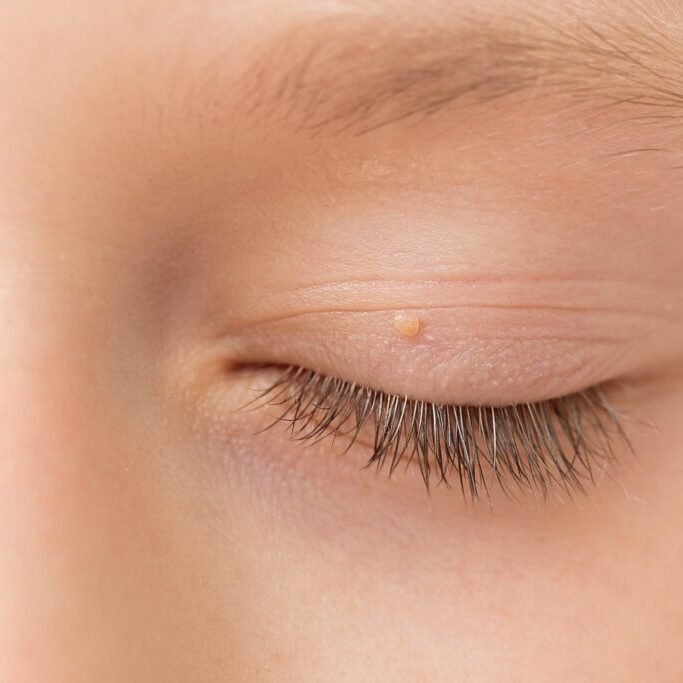
Biologics 101
Comparing Current Biologics Available, How They Work, & the Pathway to Treatment
Biologic medications have revolutionized the treatment of psoriasis, offering targeted relief for this stubborn skin condition. But with so many options, choosing the right one can feel like picking your champion in a high-stakes battle. Let’s break down the major players and their unique strengths.
- TNF-alpha Inhibitors
- Adalimumab (Humira)
- Etanercept (Enbrel)
- Infliximab (Remicade)
- Certolizumab pegol (Cimzia)
- IL-23 Inhibitors
- Guselkumab (Tremfya)
- Tildrakizumab (Ilumya)
- IL-17 Inhibitors
- Secukinumab (Cosentyx)
- Ixekizumab (Taltz)
- Brodalumab (Siliq)
- Risankizumab (Skyrizi)
- IL-12/23 Inhibitors
- Ustekinumab (Stelara)
- Ustekinumab (Stelara)
- Other Biologics
- Abatacept (Orencia)
How Biologic Medications Work: A Simple Explanation
Imagine your skin is a bustling city. Sometimes, things go wrong, and there’s too much traffic (inflammation), causing congestion (psoriasis). Biologic medications are like traffic cops, helping to restore order to the city.
TNF-alpha Inhibitors: The Traffic Controllers
TNF-alpha is like a grumpy traffic officer who’s always causing chaos. TNF-alpha inhibitors are like friendly replacements who step in and calm things down. They help regulate the traffic flow, reducing inflammation and clearing up the congestion.
IL-23 Inhibitors: The Focused Traffic Cop
IL-23 is like a particularly troublesome traffic officer who’s causing most of the problems. IL-23 inhibitors are the sharpshooters who focus on taking out this one problem officer, leading to a calmer city overall.
IL-17 Inhibitors: The Speed Limit Enforcers
IL-17 is like a group of lead-footed drivers causing accidents. IL-17 inhibitors are the speed limit signs and traffic cameras that slow things down, preventing crashes and keeping the city moving smoothly.
IL-12/23 Inhibitors: The Intersection Fixers
Think of IL-12 and IL-23 as poorly designed intersections. These inhibitors are like city planners who redesign the intersections, making traffic flow smoother and preventing pile-ups.
How Do You Choose? What is Right for You?
Choosing the right biologic can feel like a daunting task. Each medication offers unique benefits and might be a better fit for certain types of psoriasis or based on your medical history. However, the reality is often more complex. Insurance coverage frequently dictates which biologic you’ll end up using. While your doctor will make recommendations based on their expertise, the final decision often rests with your insurance provider. Don’t be surprised if your initial choice is swapped for a different medication covered by your plan. Navigating this process can be frustrating, but remember, your dermatologist is your partner in finding the best treatment for you.
The Road to Biologic Treatments.
Preface: Mild psoriasis
Based on the severity of your condition, it may be managed by topicals alone. This is preferable to biologics when possible. While we love biologics and they offer a life-changing improvement for patients, they don’t come without potential side effects.
Goal: You Have Moderate to Severe Psoriasis and You Need Help.
The goal of prior authorization for a biologic is to get approval or two denials as quickly as possible. Two denials will allow you to get on a subsidized “bridge program” where the drug company supplies your medication bypassing insurance.
Timeline: You Have Moderate to Severe Psoriasis and You Need Help.
The timeline from your first dermatology visit is 1-8 months to receiving biologic coverage. Anyone who has psoriasis knows that is a single day is long. Eight months is too long. A great dermatology practice with experience with prior authorizations for biologics is incredibly important if you want quick relief.
| STEP | TIMELINE | DETAILS |
| Submit Prior Auth | 1-3 days | Providing a good medical history helps speed this process up. |
| Wait for a response. | 28 days | Sometimes multiple patient calls to insurance may help “urge” insurance to move quicker. |
| 1st Denial or Approval | NA | Details below assume denial |
| Meet criteria for appeal -complete “step therapy” | 2 weeks to 6 months | Rate limiting step. What dermatologist you see matters here. |
| Submit Appeal | 1-3 days | Communication between patient and practice is crucial at this step. |
| Wait for a response | 28 days | Sometimes multiple patient calls to insurance may help “urge” insurance to move quicker. |
| 2nd denial or Approval | NA | Congratulations you should now be eligible for biologic therapy. |





